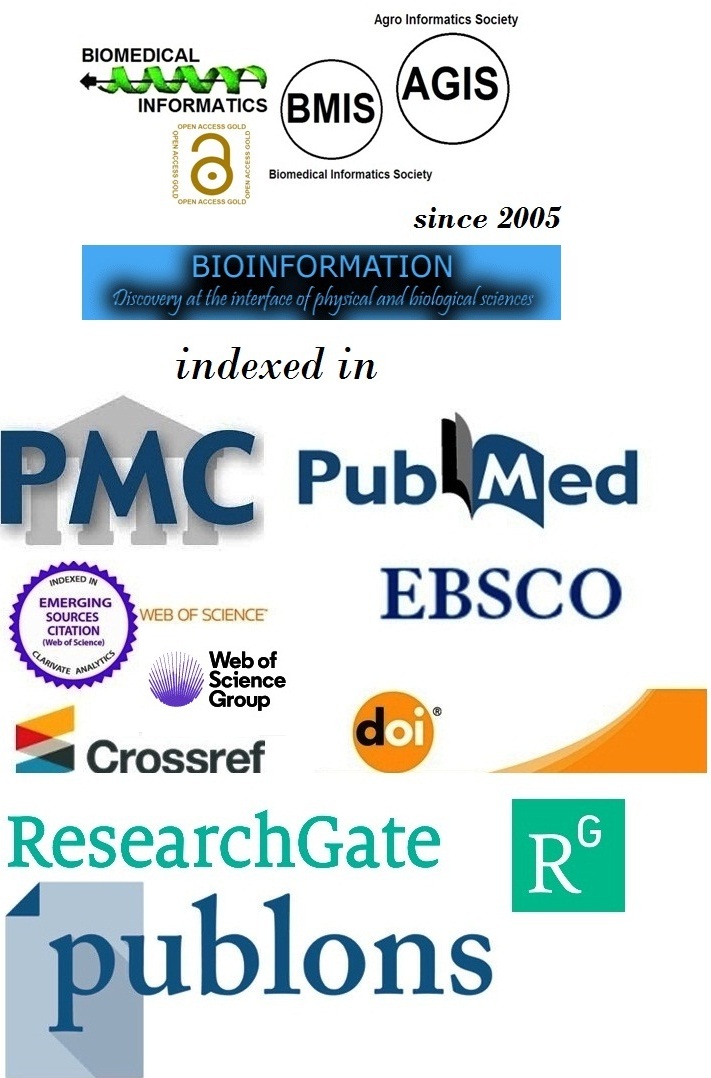Title
Risk group-4 virus emergent threats
Authors
Paul Shapshak1,*, Seetharaman Balaji2, Charurut Somboonewit1, John T. Sinnott1 & Francesco Chiappelli3
Affiliation
1Department of Internal Medicine, Morsani College of Medicine, University of South Florida, Tampa, Florida 33606, USA; 2Department of Biotechnology, Manipal Institute of Technology, Manipal Academy of Higher Education, Manipal, 576104, Karnataka, India; 3UCLA Center for the Health Sciences, Los Angeles, California 90095, USA; *Corresponding author
Paul Shapshak - E - mail: pshapshak@gmail.com
Seetharaman Balaji - E - mail: s.balaji@manipal.edu
Charurut Somboonwit - E - mail: charurut@usf.edu
John T. Sinnott - E - mail: johntsinnott@gmail.com
Francesco Chiappelli - E - mail: chiappelli.research@gmail.com
Article Type
Editorial
Date
Received April 1, 2025; Revised April 30, 2025; Accepted April 30, 2025, Published April 30, 2025
Abstract
Several Filovirus outbreaks occurred during 2021-2025 in Africa. The case fatality ratios (CFRs) were elevated as expected for these viruses. After outbreaks were termed terminated, nonetheless, due to virus pathogenicity and transmissibility, epidemics continued unabated. To mitigate future outbreaks and bolster pandemic preparedness, collaborative global strategies should continue and expand.
Keywords
World Health Organization (WHO), NIH, NIAID, CDC, risk group 4 (rg-4) virus pathogens, filovirus (Ebola, Marburg and Sudan viruses), biosafety laboratory (BSL)-4, emergent virus, global warming, ecology, vector, reservoir, virulence, case fatality rate, Africa.
Citation
Shapshak et al. Bioinformation 21(4): 721-724 (2025)
ISSN
0973-2063
Publisher
License
This is an Open Access article which permits unrestricted use, distribution, and reproduction in any medium, provided the original work is properly credited. This is distributed under the terms of the Creative Commons Attribution License.
